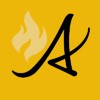It is still important to continue to do your part to prevent wildfires. At this time of year, areas of dead grass can become dry and flammable. Firefighters urge everyone to use caution when working or recreating in grassy areas and to report wildfires immediately by calling 310-FIRE (3743).
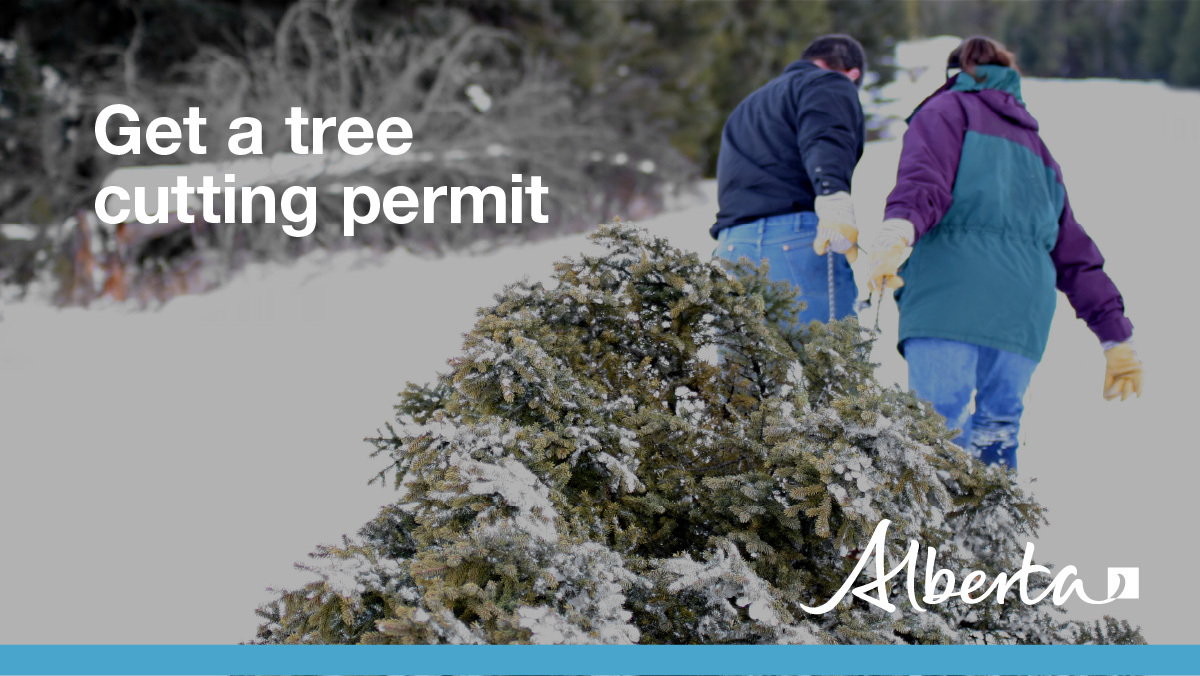
Cutting your own Christmas tree from Alberta's forests
Gathering around a real Christmas tree your family has chosen and harvested from our public forests is a cherished Alberta tradition.
To cut your own Christmas tree from Alberta’s public forests, you simply need a Personal Use Forest Products Permit (PUFPP). The permit allows you to harvest up to three Christmas trees from designated areas on Crown land. Each tree must be less than 2.5 metres tall, or about eight feet.
There is no cost to get a PUFPP and you can easily obtain it online by visiting www.alberta.ca/tree-cutting.aspx
Maps are also available by visiting www.alberta.ca/tree-cutting-permit-maps.aspx
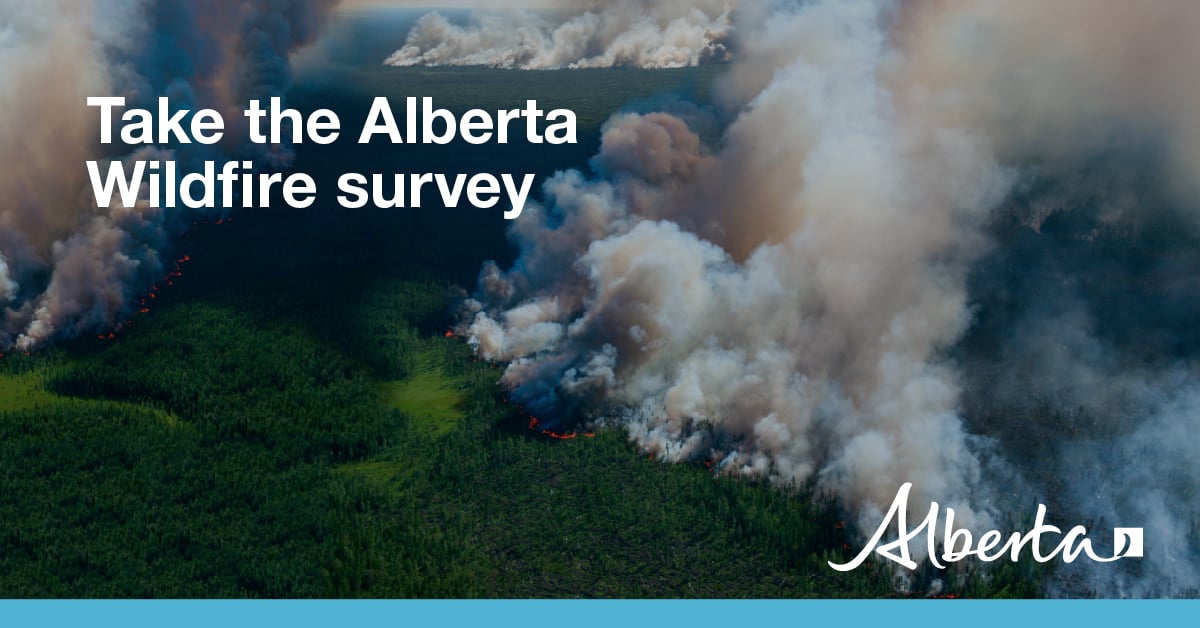
Alberta Wildfire Survey
Learning about wildfires in your community is vital for many Albertans. Please help us better share information when and where you need it most by taking a few minutes to answer our survey: https://bit.ly/3cbKY61 Thank you!
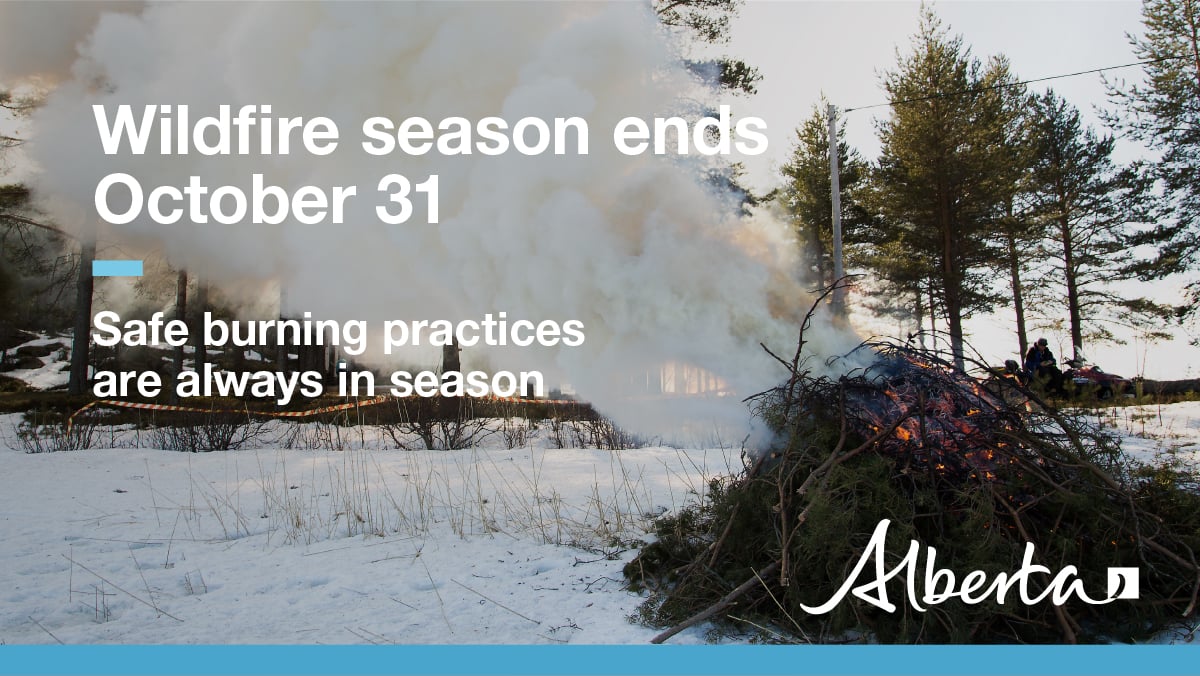
WINTER BURNING
From November 1st to February 28th fire permits are not required for burning in the Forest Protection Area of Alberta. Although a fire permit is not required you are still responsible for any fires you ignite outside of the wildfire season. If you are planning on burning debris this winter it’s important to keep safe burning practices top of mind.
If you plan on conducting any winter burning, the current conditions will support holdover fires which can resurface in the spring.
Prepare the site:
- Choose a location that is on high ground and so the pile can be 25 meters or more away from structures and standing trees.
- Surround the pile with a fireguard that is at least 15 meters wide on top of bare mineral soil.
- Ensure the pile is clean of dirt so it can burn cleanly and quickly.
Report your site:
- Before burning, notify your local forest area: your start and end dates, description of materials to be burned and the legal land description.
- Signage - check with your local municipal office and/or roadway maintenance company to ensure notification systems are in place.
- Check the weather forecast before you ignite:
- Safe burning practices:
- Have someone on site monitoring the burn the entire time - if it escapes, immediately report it to the local forest area office.
- Have adequate tools, water and equipment on site when burning.
- Only burn what you can control with the equipment, people and weather conditions you have available.
After you burn:
- Spread out the remaining material within the pile.
- Soak the area and ensure both heat and smoke are no longer being produced by the pile - it should be cool to the touch.
- Check your burn site multiple times in the following weeks to ensure it has not reignited.
- If you have any questions about proper burning procedures, visit wildfire.alberta.ca or phone 310-0000.
.png?width=1201&name=WF_Social-images%20(4).png)
CAMPFIRE SAFETY
It’s very important to know that all campfires must be fully extinguished no matter what time of year it is. A campfire built on top of snow can easily smoulder in the debris underneath for weeks and even months, and re-ignite when the wind picks up or the conditions are favorable, which could cause a wildfire. This makes it important to continue to do your part to prevent wildfires.
When you’re planning your campfire, choose your site carefully:
- Hard-packed mineral soil or gravel is best.
- Scrape away any flammable material and use extra care around dead grass.
- Keep your fire small and protected from the wind.
- Ensure your campfire is completely extinguished before you leave. Spread the burning material to reduce the heat. Soak it with water or snow, stir up the ashes and soak it again. Use your bare hands to feel for heat. If the ashes feel cold then the campfire is fully extinguished.
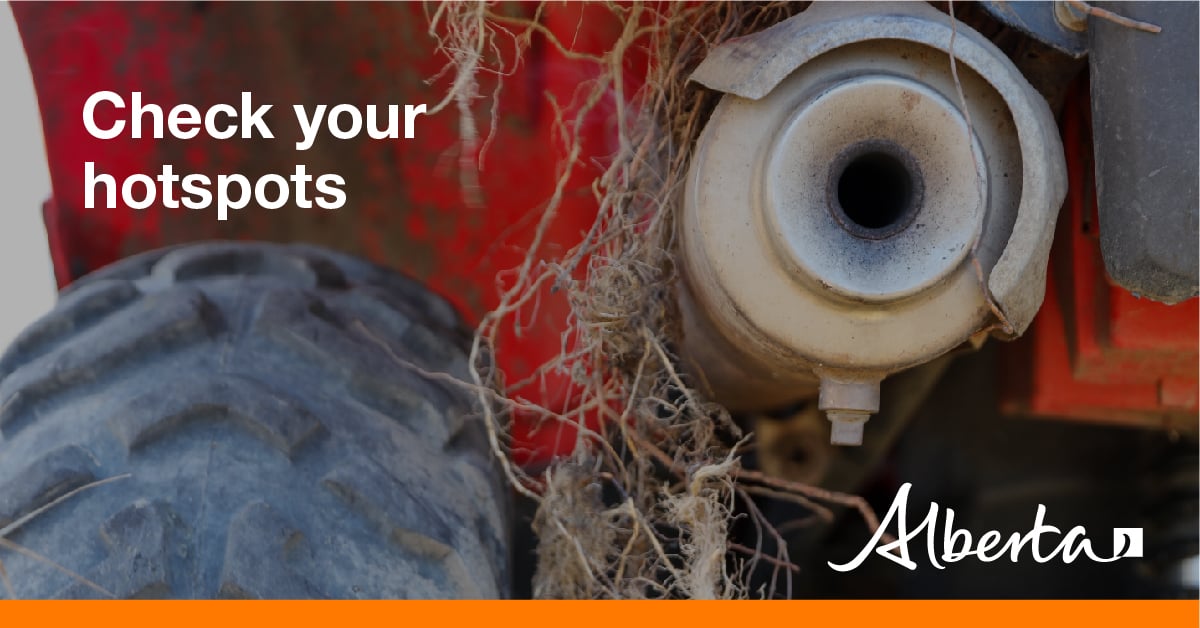
OHV SAFETY
You can reduce the risk of your off-highway vehicle causing a wildfire by following these simple steps:
-
Before you ride, clean out hot spots and remove debris from your machine.
-
After riding through muskeg or tall grass, stop and remove any build-up from your machine.
-
Carry firefighting equipment such as a small shovel, collapsible pail or fire extinguisher.
-
Wash your quad, trike or bike and keep it clean; do not wash in streams and creeks.
-
Make sure your muffler and spark arrestor are working properly.
-
Stop frequently. Take the time to knock debris from your machine’s hot spots. If the debris is smouldering, soak it, stir it, and soak it again to make sure it’s out.
For more information, please contact:
Provincial Information Officer
780-420-1968
RELATED INFORMATION
Websites:
- Alberta Wildfire
- Alberta Fire Bans
- FireSmart in Alberta
- Alberta Emergency Alerts
- Air Quality Health Index
- Wildfire Smoke and Your Health
- 511 Road Reports
- Emergency Preparation
Social Media:
